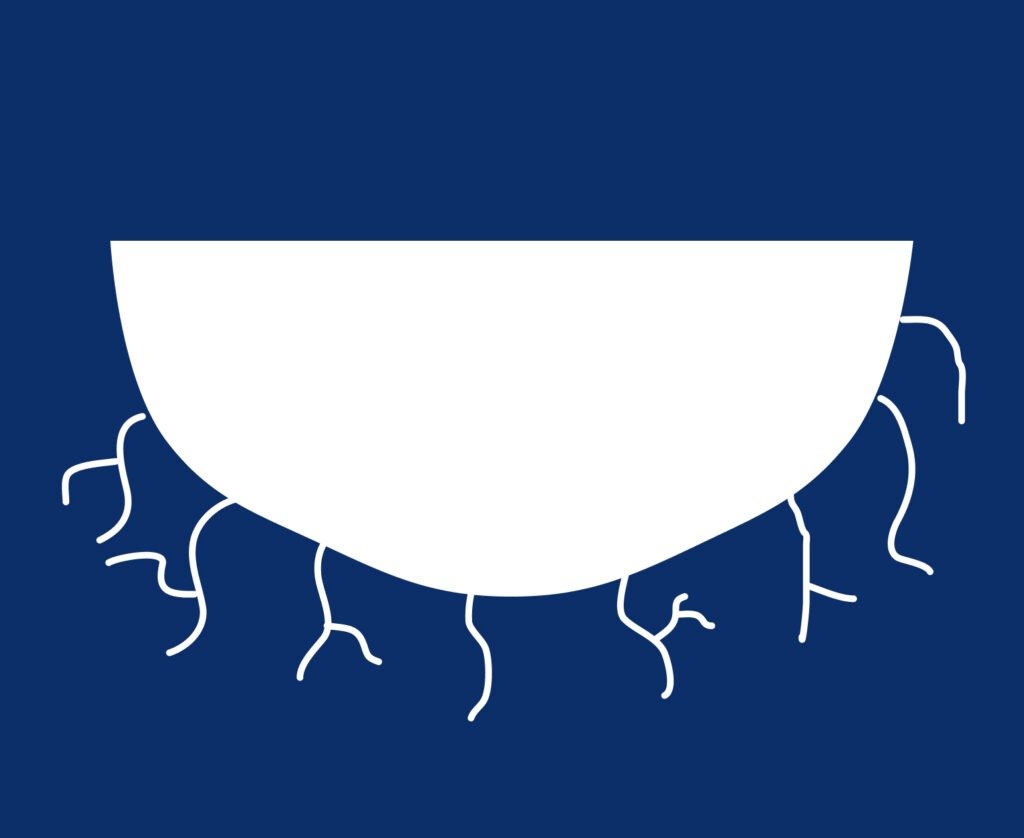Reduce Seepage. Conserve Water.
CanalSentryTM was developed, in cooperation with the U.S. Bureau of Reclamation, as a breakthrough technology to provide control over pond seepage and earthen canals.
Learn MorePerformance is Critical
CanalSentryTM can reduce water loss by 40% to 60%. This increases the efficiency of your pond and canal maintenance.
Learn MoreSafe & Bio-Friendly
When used as directed, CanalSentryTM meets NSF-60 U.S. water quality standards for drinking water. CanalSentryTM is readily biodegradable and has minimal environmental impact.
Discover CanalSentryTMRevolutionizing Canal Lining
When used as directed, CanalSentryTM meets NSF-60 U.S. water quality standards for drinking water. CanalSentryTM product is readily biodegradable per OECD standards.
Discover CanalSentryTMHow Does CanalSentryTM Work?
When applied at a rate of 3ppm into the canal water, CanalSentryTM effectively aggregates small clay, silt, and silicates particles which reside in the water as suspended solids. These small particles are attracted to the negatively charged polymer and form aggregates. The hydrostatic pressure forces the aggregates to the canal surface to seal the small cracks and crevices in the canal that cause seepage. When the canal is emptied, recharge crevices and cracks reform.




